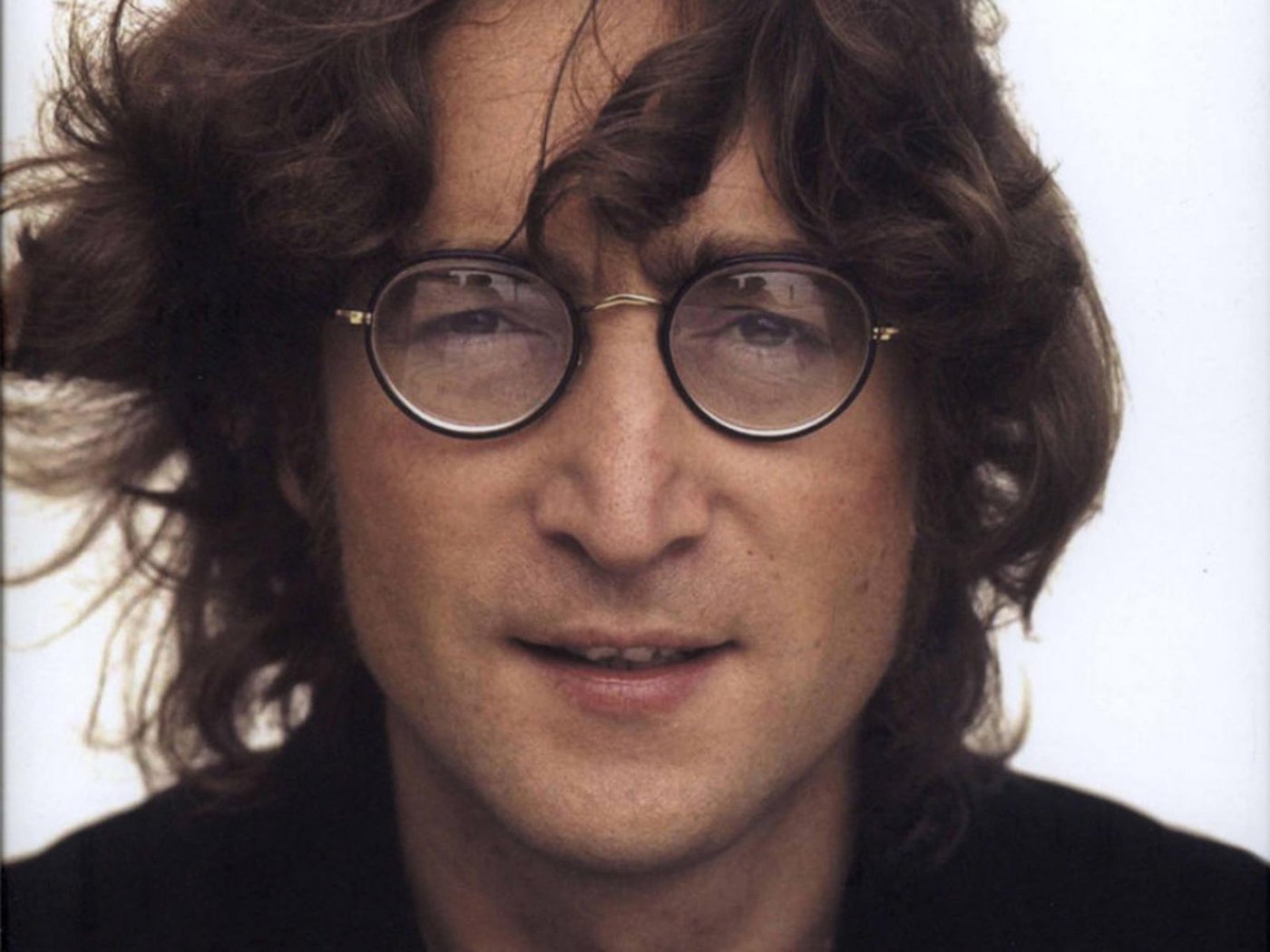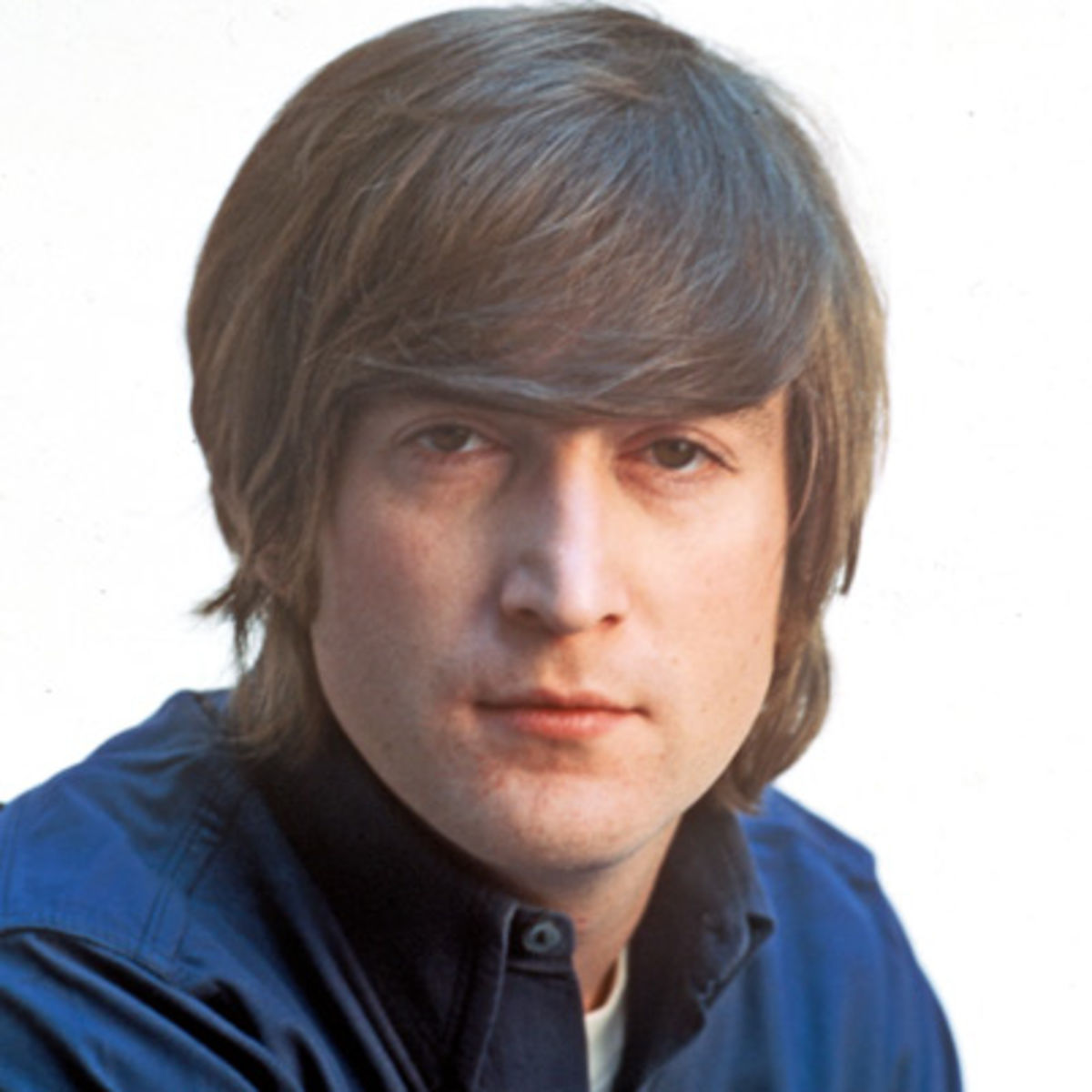Demo 3: Training a Classifier
Released by Brandon Amos on 2015-10-13.
OpenFace's core provides a feature extraction method to obtain a low-dimensional representation of any face. demos/classifier.py shows a demo of how these representations can be used to create a face classifier.
There is a distinction between training the deep neural network (DNN) model for feature representation and training a model for classifying people with the DNN model. This shows how to use a pre-trained DNN model to train and use a classification model.
Creating a Classification Model
1. Create raw image directory.
Create a directory for your raw images so that images from different
people are in different subdirectories. The names of the labels or
images do not matter, and each person can have a different amount of images.
The images should be formatted as jpg or png and have
a lowercase extension.
$ tree data/mydataset/raw
person-1
├── image-1.jpg
├── image-2.png
...
└── image-p.png
...
person-m
├── image-1.png
├── image-2.jpg
...
└── image-q.png
2. Preprocess the raw images
Change 8 to however many
separate processes you want to run:
for N in {1..8}; do ./util/align-dlib.py <path-to-raw-data> align outerEyesAndNose <path-to-aligned-data> --size 96 & done.
If failed alignment attempts causes your directory to have too few images, you can use our utility script ./util/prune-dataset.py to deletes directories with less than a specified number of images.
3. Generate Representations
./batch-represent/main.lua -outDir <feature-directory> -data <path-to-aligned-data>
creates reps.csv and labels.csv in <feature-directory>.
4. Create the Classification Model
Use ./demos/classifier.py train <feature-directory> to produce
the classification model which is an SVM saved to disk as
a Python pickle.
Training uses scikit-learn to perform a grid search over SVM parameters. For 1000's of images, training the SVMs takes seconds.
Classifying New Images
We have released a celeb-classifier.nn4.small2.v1.pkl classification model
that is trained on about 6000 total images of the following people,
which are the people with the most images in our dataset.
Classifiers can be created with far less images per
person.
- America Ferrera
- Amy Adams
- Anne Hathaway
- Ben Stiller
- Bradley Cooper
- David Boreanaz
- Emily Deschanel
- Eva Longoria
- Jon Hamm
- Steve Carell
For an example, consider the following small set of images the model has no knowledge of. For an unknown person, a prediction still needs to be made, but the confidence score is usually lower.
Run the classifier with:
./demos/classifier.py infer ./models/openface/celeb-classifier.nn4.small2.v1.pkl images/examples/{carell,adams,lennon}*
| Person | Image | Prediction | Confidence |
|---|---|---|---|
| Carell |  |
SteveCarell | 0.97 |
| Adams |  |
AmyAdams | 0.81 |
| Lennon 1 (Unknown) |  |
SteveCarell | 0.50 |
| Lennon 2 (Unknown) |  |
DavidBoreanaz | 0.43 |
Minimal Working Example to Extract Features
mkdir -p classify-test/raw/{lennon,clapton}
cp images/examples/lennon-* classify-test/raw/lennon
cp images/examples/clapton-* classify-test/raw/clapton
./util/align-dlib.py classify-test/raw align outerEyesAndNose classify-test/aligned --size 96
./batch-represent/main.lua -outDir classify-test/features -data classify-test/aligned
...
nImgs: 4
Represent: 4/4